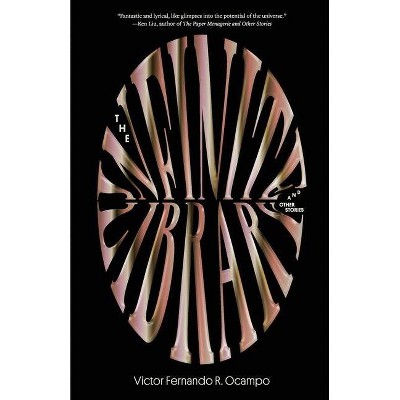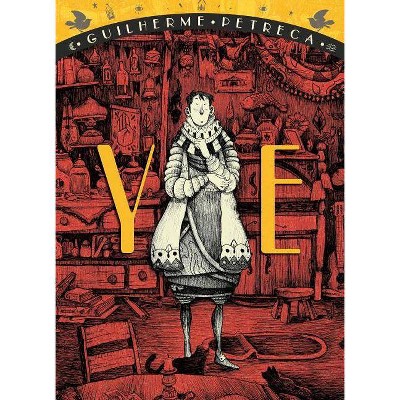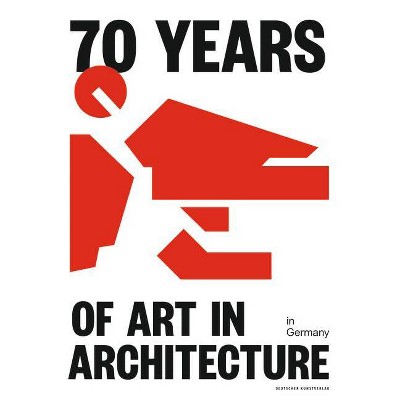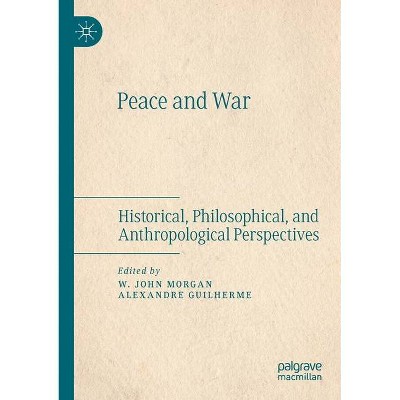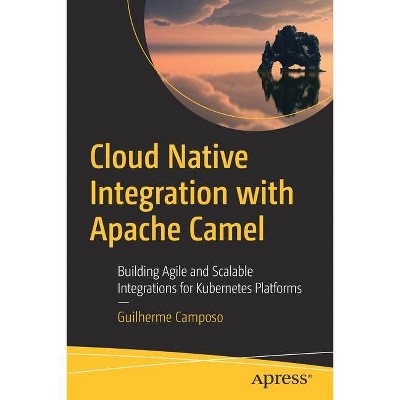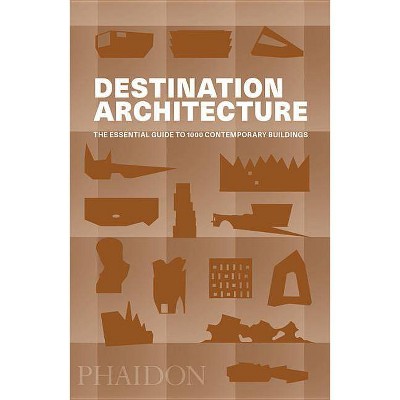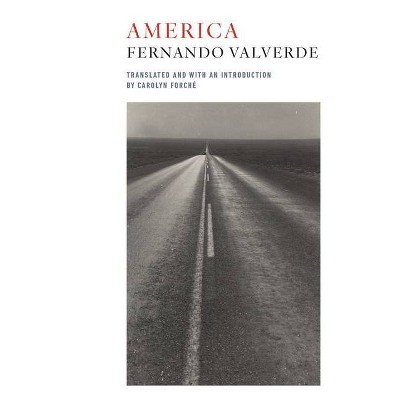Infinite Span: 90 Years of Brazilian Architecture - by Fernando Serapião & Guilherme Wisink (Paperback)
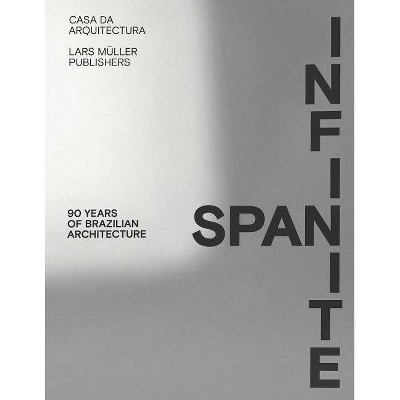
Similar Products
Products of same category from the store
AllProduct info
<p/><br></br><p><b> About the Book </b></p></br></br><i>Infinite Span: 90 Years of Brazilian Architecture<i> assembles representative projects and works of Brazilian architecture made between 1920 and 2018. It creatively juxtaposes projects and proposes dialogues between them, and highlights intersections between architecture and music, literature, cinema, and performing arts.<p/><br></br><p><b> Book Synopsis </b></p></br></br><p>In architecture, a span is something to be conquered, a challenge to be overcome. But span, or <i>vão</i> in Portuguese, also means a project or an action that ends in failure: something that was done in vain. <p/>In Brazil, modernization was touted as a leap over the country's history, cast as "backwardness," and, in the case of modern architecture, over what seemed to be an absent artisanal tradition and classical past. This was a lot of ground to cover--a challenge met head-on by an ambitious aesthetic avant-garde, invested in new design and remarkable engineering. <p/>Brazil is a country "condemned to the modern," said the critic Mário Pedrosa, conceiving this condemnation as a kind of liberation--a liberation from tradition, and a freedom to transform what could be done in vain (<i>em vão</i>) in the effective cultural conquest of the free span (<i>vão livre</i>). For Brazilian architects, <i>vão</i> is almost always a synonym for freedom. <p/><i>Infinite Span: 90 Years of Brazilian Architecture</i> assembles representative projects and works of Brazilian architecture made between 1920 and 2018. It creatively juxtaposes projects and proposes dialogues between them, and highlights intersections between architecture and music, literature, cinema and performing arts. The importance of these cross-disciplinary exchanges is evidenced in the book's structure, which is broken up into six chronological and thematic modules with titles corresponding to songs from each period.</p>
Price History
Price Archive shows prices from various stores, lets you see history and find the cheapest. There is no actual sale on the website. For all support, inquiry and suggestion messagescommunication@pricearchive.us
